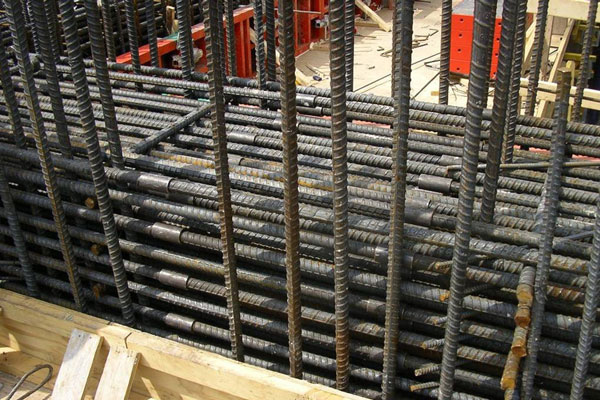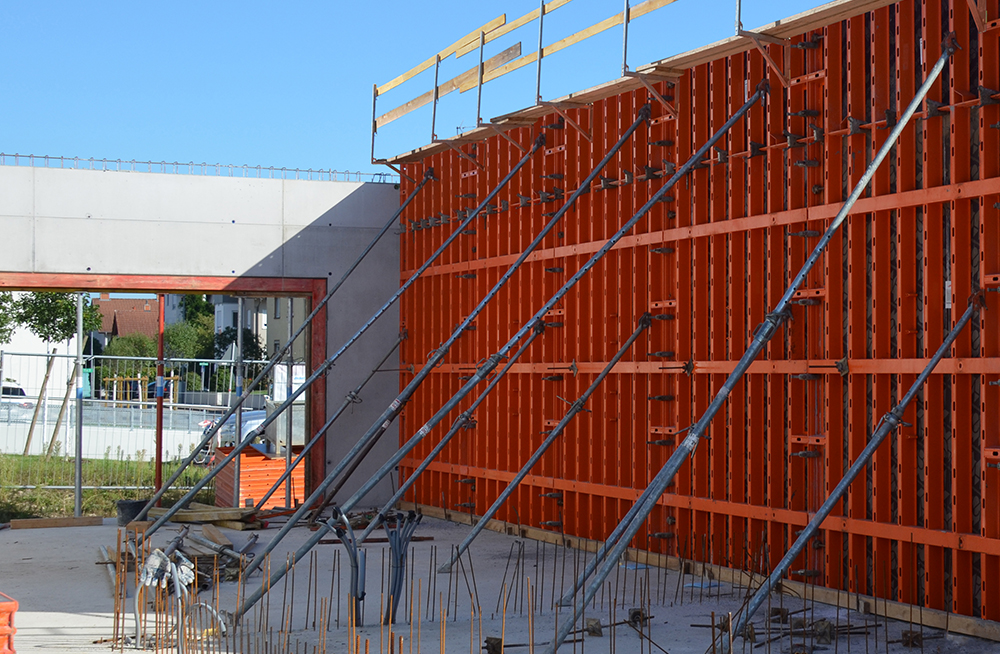How does rebar splicing contribute to cost-effective construction?
Modern construction demands more than traditional approaches to material and labor management. Rebar splicing represents a sophisticated solution that transcends simple mechanical connection, offering a comprehensive strategy for economic optimization. By reimagining how reinforcement bars are joined, engineers can dramatically reduce material waste, minimize labor costs, and create more resilient structural elements that provide long-term value.
The economic implications of advanced splicing techniques extend far beyond immediate construction expenses. Project managers and engineers now view rebar splicing as a critical tool for comprehensive cost management, understanding that each connection represents an opportunity to enhance overall project efficiency, reduce material consumption, and create more sustainable building solutions that deliver exceptional value throughout a structure’s lifecycle.
Transforming material procurement
Traditional construction methods often relied on lengthy, continuous reinforcement bars that generated substantial material waste and increased transportation costs. Rebar splicing fundamentally disrupts this inefficient approach by enabling engineers to effectively combine shorter bar lengths, creating a more flexible and economical material management strategy. The ability to join smaller sections revolutionizes material procurement processes. Construction teams now optimize material orders, reduce transportation expenses, and minimize on-site storage requirements. This approach allows for more precise material planning, reducing excess inventory and associated carrying costs. Moreover, the flexibility of advanced splicing techniques enables more adaptive construction methodologies that can respond quickly to changing project requirements.
Reducing labor costs
Labour represents the most substantial expense in construction projects. Rebar Splicing technologies dramatically transform workforce productivity by introducing methods that significantly reduce manual intervention and potential human error. Advanced mechanical splicing systems reduce installation time by up to 50%, creating substantial economic advantages for construction teams. Specialized coupling systems ensure consistent, high-quality connections with minimal manual labor. These technologies enable faster, more reliable structural assembly, reducing the time and expertise required for traditional connection methods. The precision of modern splicing techniques means fewer adjustments, reduced rework, and more predictable project timelines, ultimately translating into direct and indirect cost savings.
Sustainable structural integrity

The true economic impact of rebar splicing extends well beyond initial construction expenses. Properly executed splicing techniques create more robust, corrosion-resistant structural elements that demonstrate exceptional durability and reduced maintenance requirements. By ensuring uniform stress distribution and minimizing potential failure points, advanced splicing methods provide substantial long-term economic benefits. Structures built with sophisticated splicing techniques offer improved resilience against environmental challenges, reduced maintenance costs, and extended service lifespans. By recognizing construction as a long-term investment, construction is transformed from a short-term expense to a long-term expense.
Innovation drives construction economics
The splicing of rebar is being pushed to the limit by emerging technologies. Smart monitoring systems, advanced materials science, and precision manufacturing techniques are transforming how construction professionals conceptualize and execute structural connections. These innovations create opportunities for more predictable, efficient, and cost-effective construction methodologies. The integration of digital technologies with advanced mechanical systems represents a new frontier in construction engineering, promising continued economic optimization and improved structural performance.
Rebar splicing contributes significantly to sustainable construction practices by reducing material consumption, minimizing transportation-related carbon emissions, and creating more durable structural elements. This approach aligns economic objectives with environmental responsibilities, demonstrating that cost-effective solutions simultaneously support broader sustainability goals.






